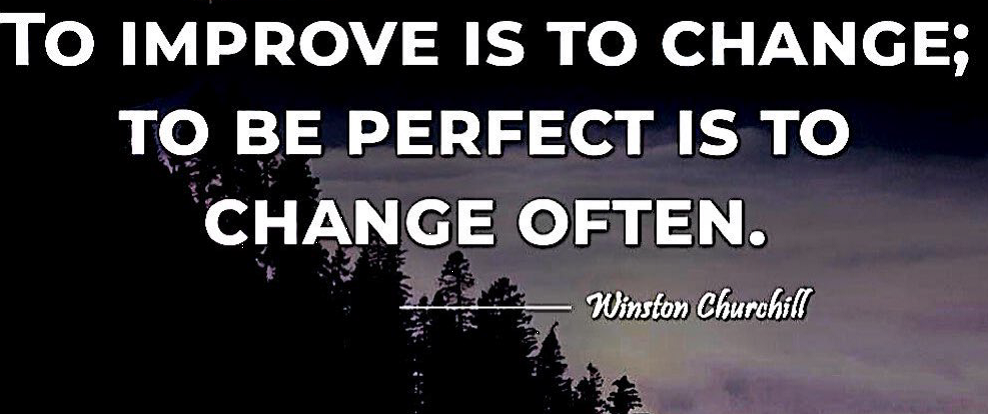Insights
The Future of Behavioral Health
Applied behavior analysis and the delivery of behavior health will continue to face considerable challenges as there is a shortage of service/delivery personnel. 1 in 54 American children born today is diagnosed with Autism. With the population of children diagnosed with ADHD and Autism to name a few, are on the rise, bringing critical attention to the dire need for providers to engage in interventions. State and federal policies supporting behavioral health parity, reimbursement, and insurance expansion have collectively improved access to care. Yet, as the rates of insured children increase, more than half of the populations with behavioral health conditions still do not receive the much needed intervention with no indication that trends will reverse soon as the diagnosed population increases faster than the country produces behavioral service delivery personnel. This puts an already stretched behavioral health workforce in a very precarious situation.
In its broadest definition, the behavioral health workforce includes all who provide treatment services for behavioral health or substance use disorders. This includes a multitude of licensed and certified professionals, peer workers, case coordinators, and paraprofessional workers. Although definitions vary throughout the field, all have one thing in common: No matter who is counted as a behavioral health worker, the collective supply falls far short of needed demand. According to a 2016 report released by the Health Resources and Services Administration (HRSA), supply of workers in selected behavioral health profession is projected to be approximately 250,000 workers, short of the demand projections by the year 2025, a striking large number that may be warranting of a public health emergency declaration of its own. While the supply and demand truths are underscored within the issue, it also features the positive progress that this field of dedicated professionals has achieved. There is no question that the barriers to strengthening behavioral health workforce capacity and improving service delivery will not be easily overcome, but with challenge comes opportunity.
TO BE CONTINUED…..
Word of the Week:

